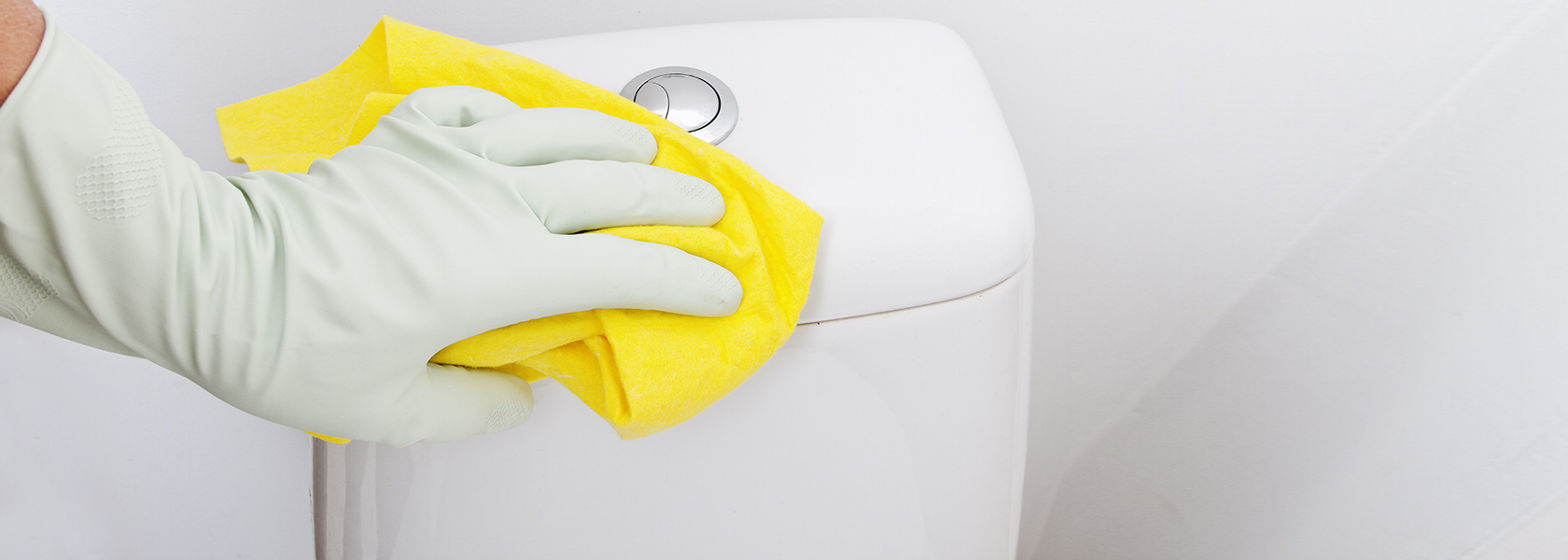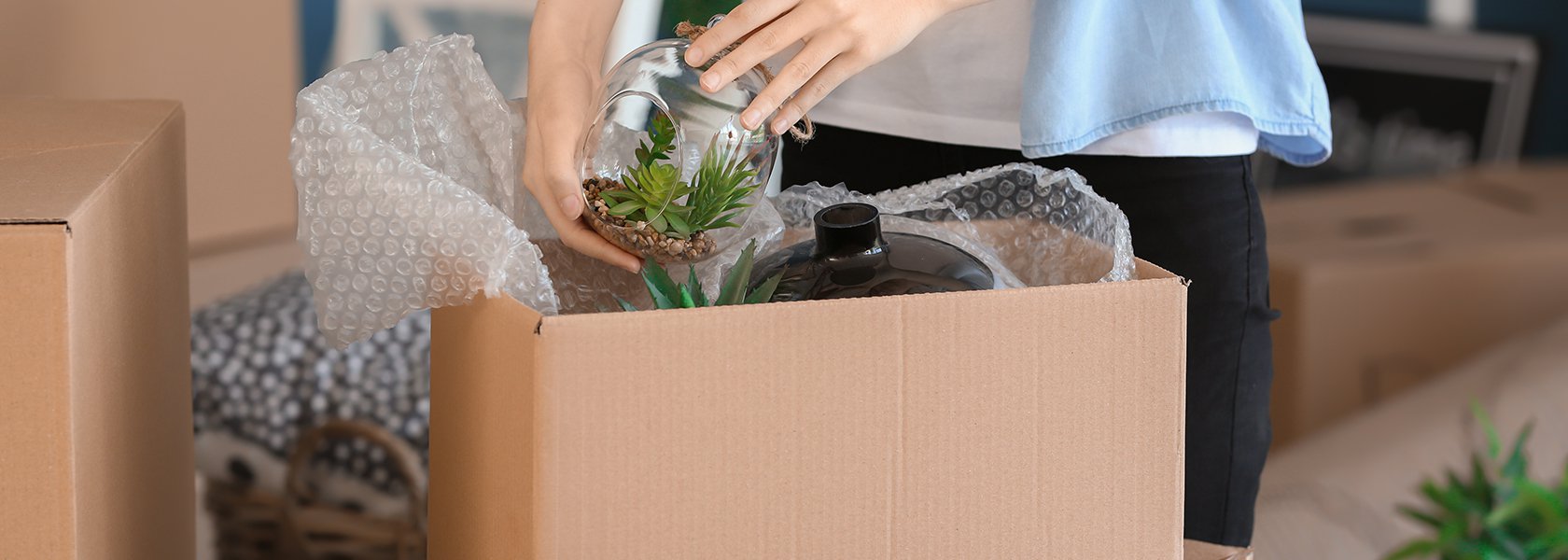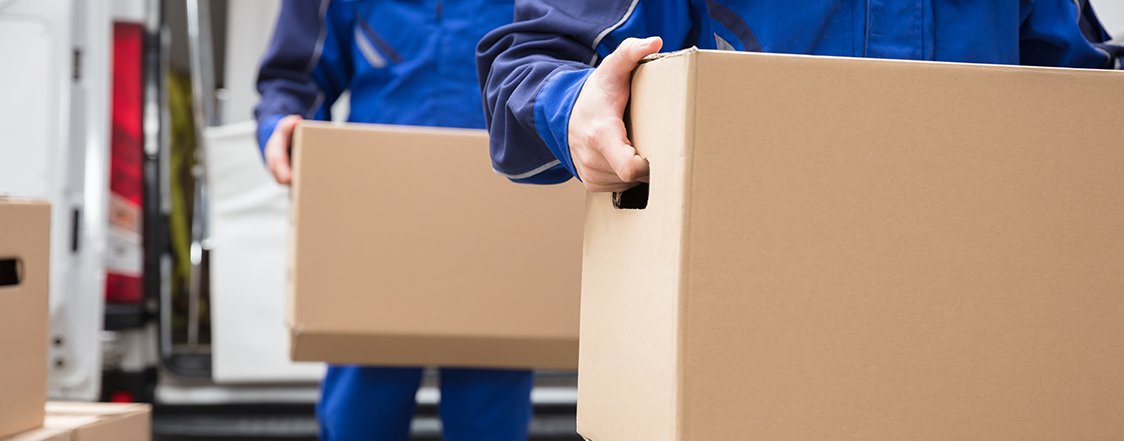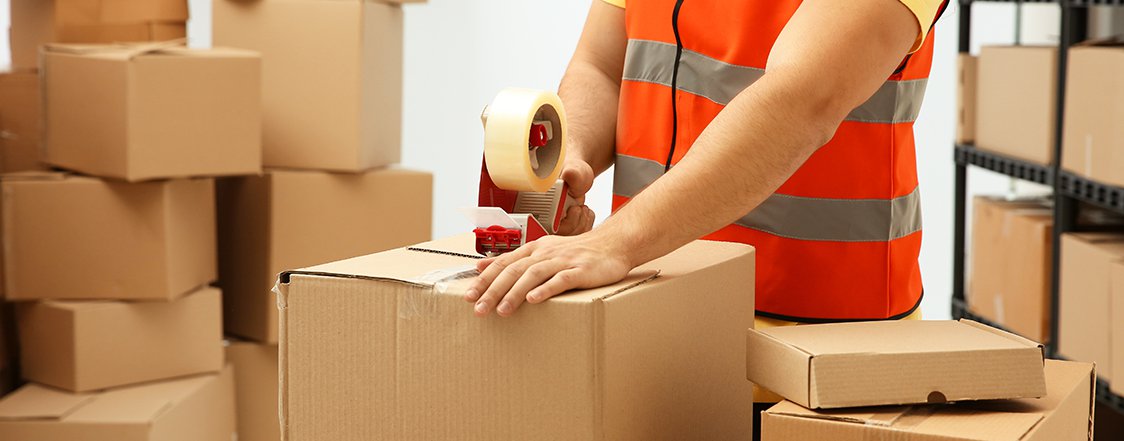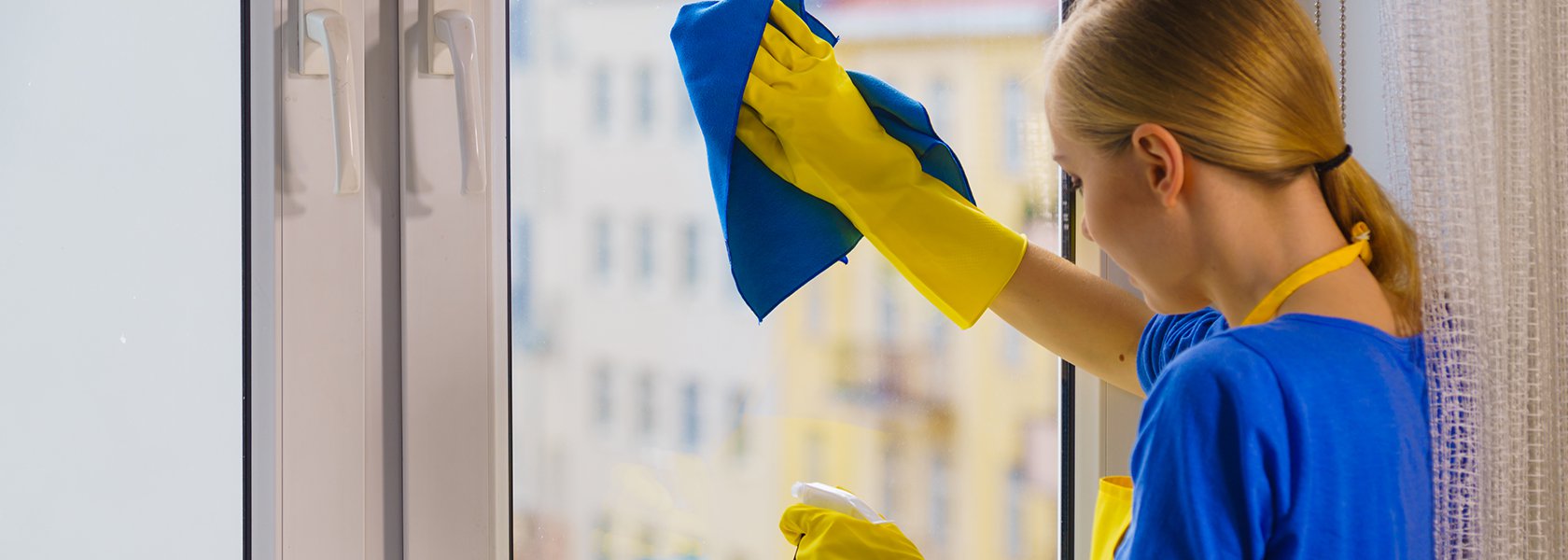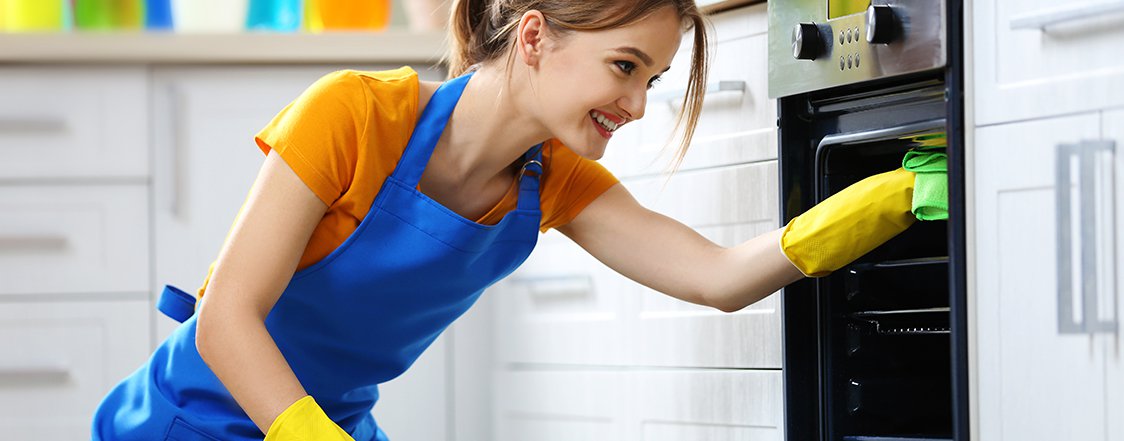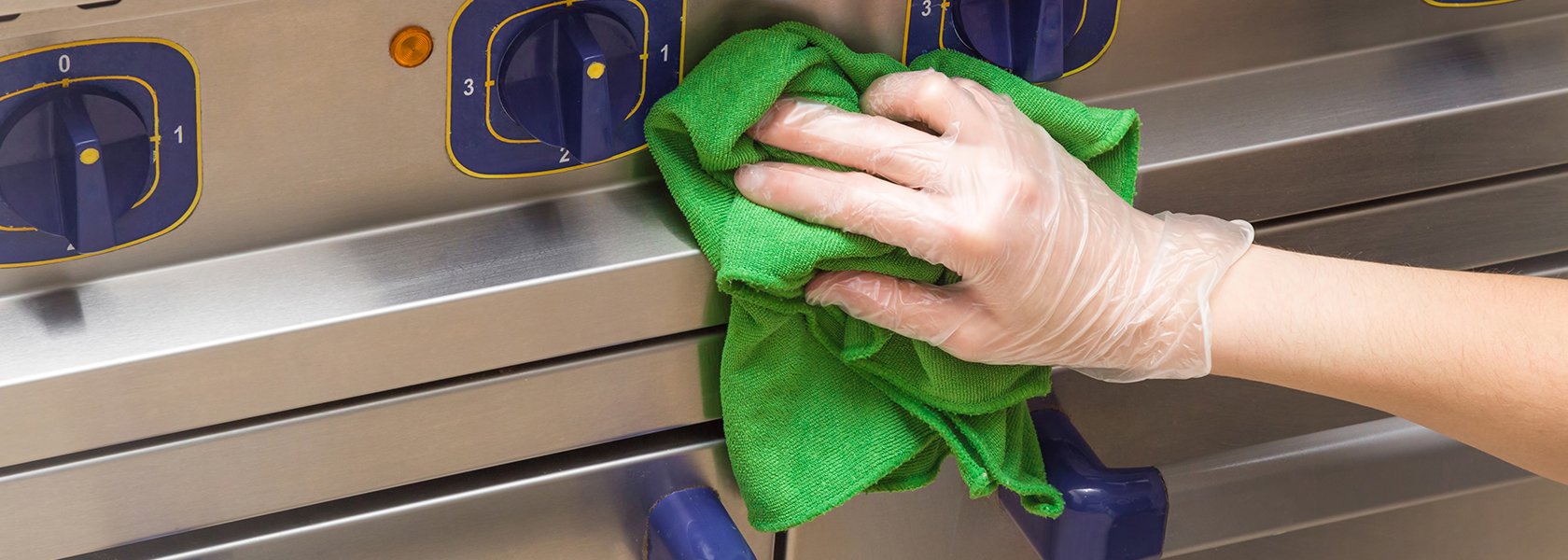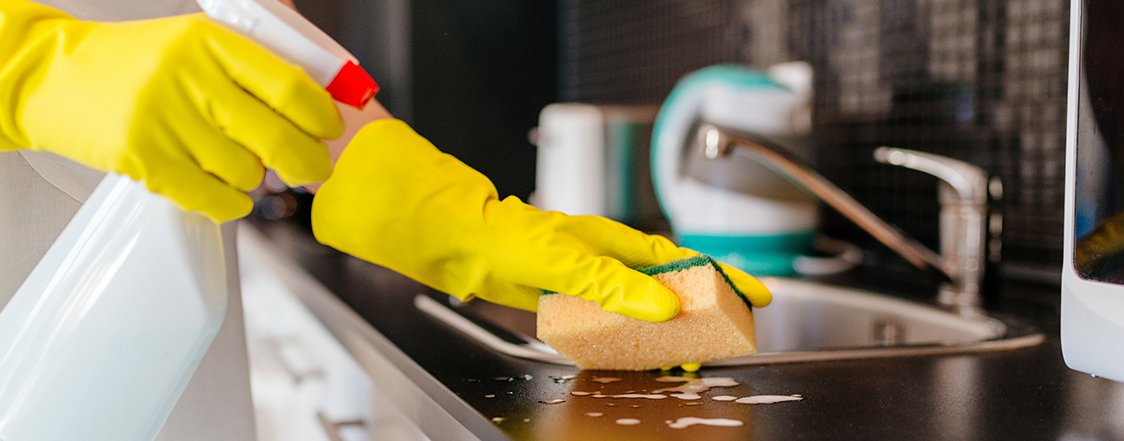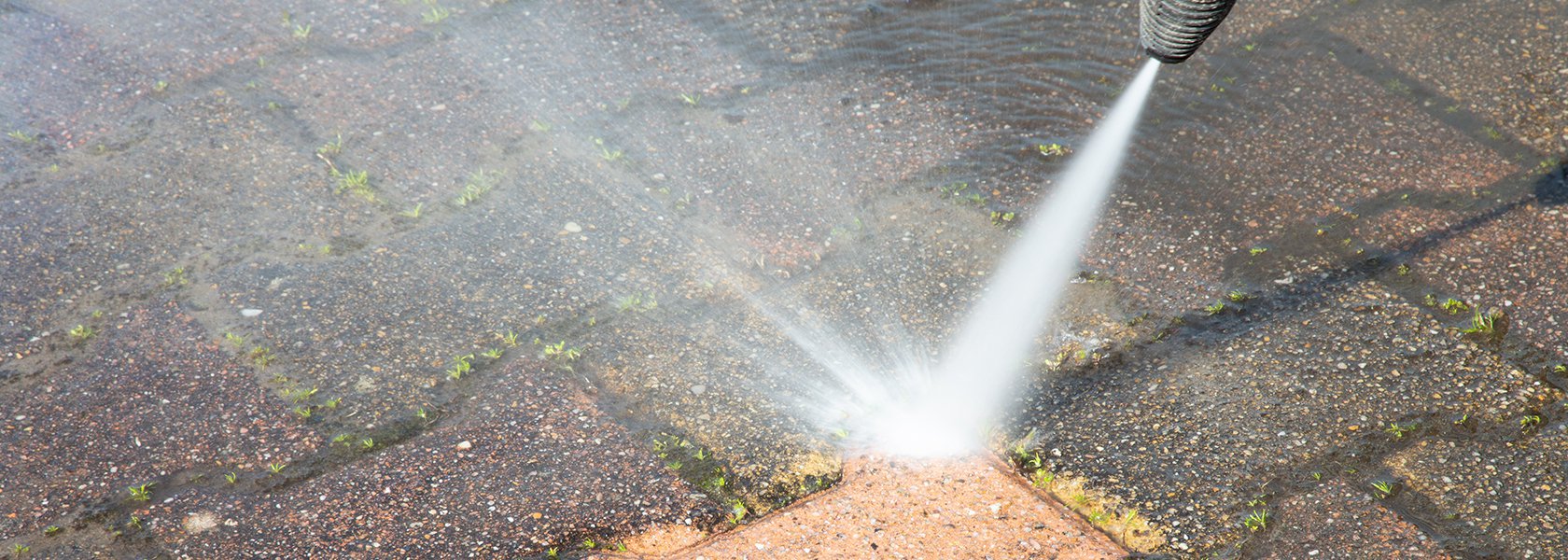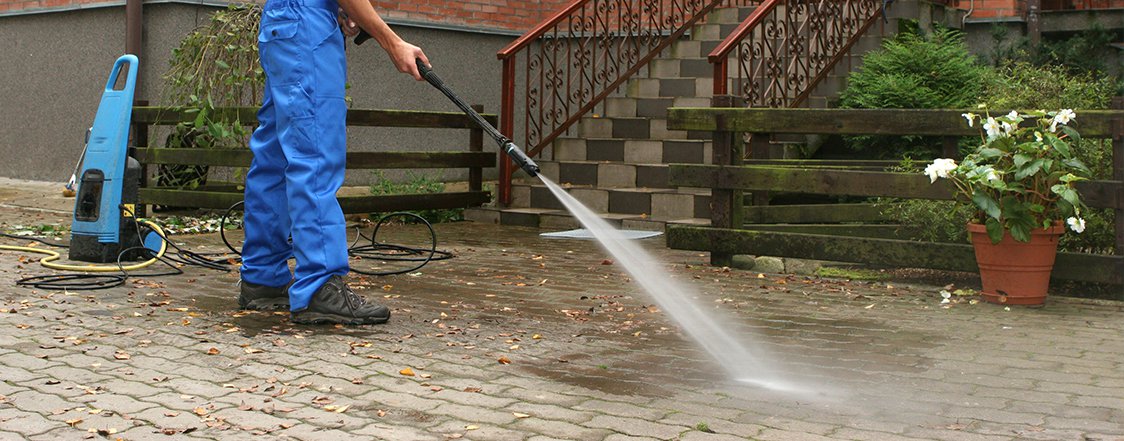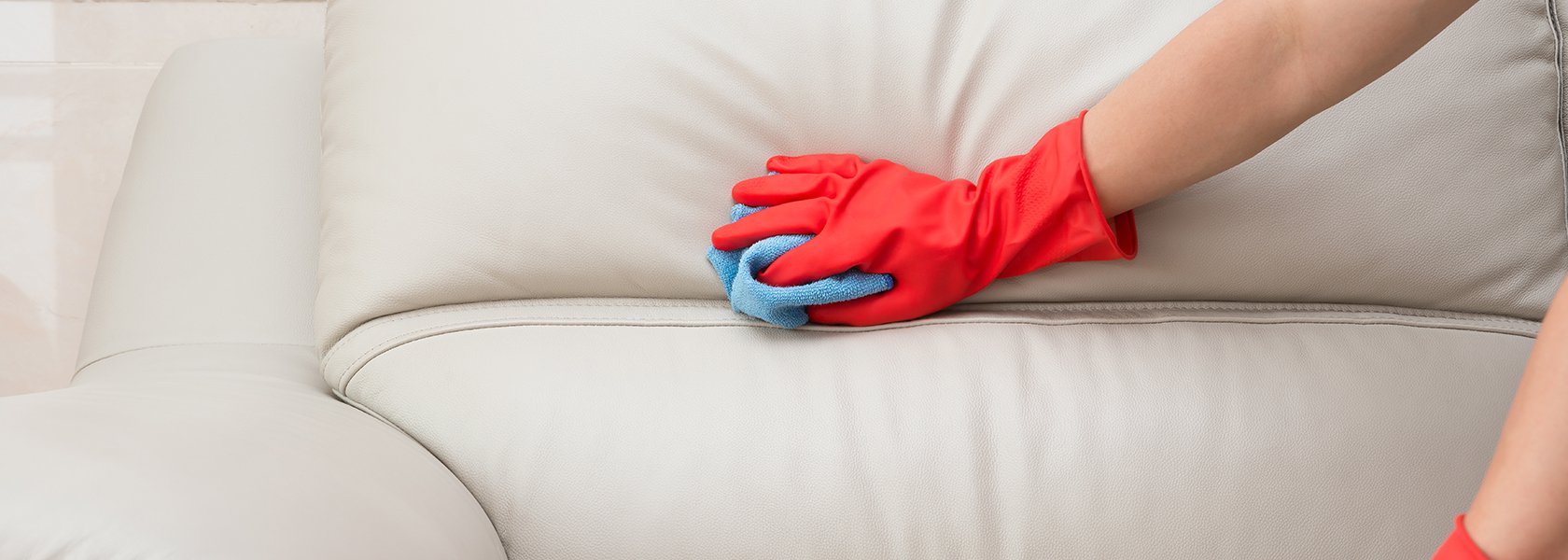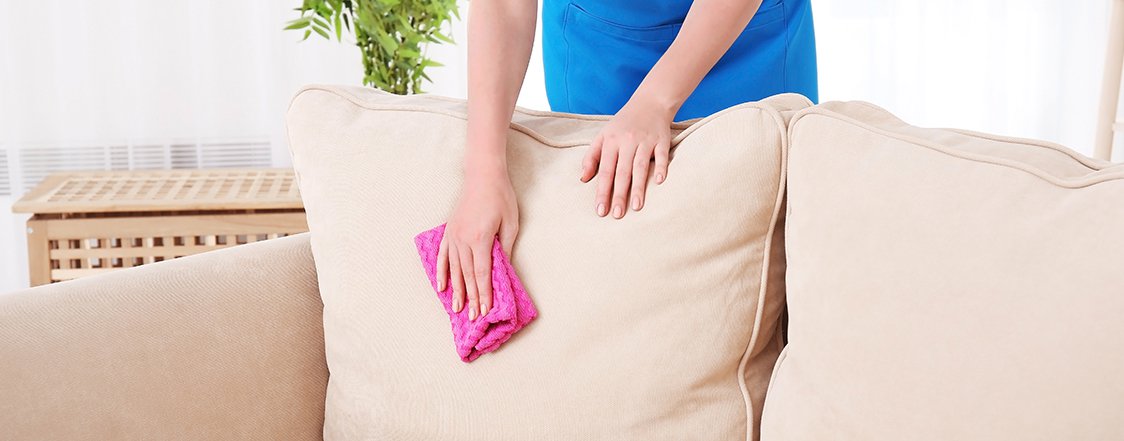Washrooms are where we spent the least amount of time, yet it is an important part of the home. We feel relaxed and calm when we enter into hot soapy water to take a nice bath. Even the standards of a washroom have increased from the past with different tiling options, wallpapers and so on. It also acts as a storage for some of our medical and cosmetic supplements.
Just about everyone wants some measure of privacy in their lives. Even people who, by choice, lived with a household of other people still wanted a room or suite of their own where they could close the door and not be disturbed. The desire for a washroom of one’s own may be part of that wish for some privacy, especially for one’s most personal matters and in that scenario is of utmost importance to keep it hygienic.
Cleaning the washroom is rarely a job we’re excited to do. Removing soap scum and scrubbing toilets is not anyone’s preferred weekend plan. However, without regular cleaning, a washroom can develop mold and dangerous bacteria which can cause a number of health issues.
Staphylococcus is a bacteria that can usually be found on door handles, in showers and in the vicinity of the toilet and sink. Normal contact with the body does not commonly result in infection or disease, however, if any bacteria find its way to an open cut or sore, a staph infection can occur. The bacteria are easily spread and often contaminates washroom grooming products like razors, facial brushes, etc.
Gastrointestinal viruses are stomach sickness that can be caused by bacteria in the washroom. These are commonly found on washroom surfaces like toilets and sink counters. These kinds of sickness cause stomach pain and cramps. They can also induce diarrhea and vomiting. E. coli and salmonella found in washrooms can cause similar stomach ailments. These bacteria can be passed on through food, which means they can be passed on through fecal matter. Hence, it is important to close the toilet lid before flushing.
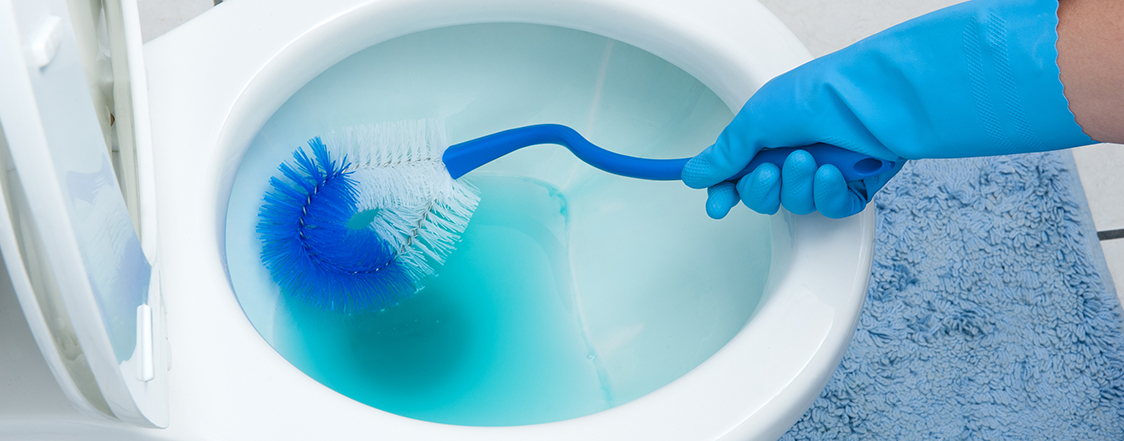
Here are different natural ways to keep your washroom clean and hygienic:
Cleaning The Mirror
Washroom mirrors attract different kinds of embarrassing splatters that can be hard to remove without a cleaning agent. The most simple and chemical-free way to clean your mirror is by using strong black tea (such as Lipton). Black tea contains tannic acid in the tea that cuts through the grime. Spray the solution onto the mirror and rub it with newspapers.
Cleaning The Toilet Bowel
This is the most important part of a washroom which needs to be cleaned properly. Ingredients can be easily found in the kitchen which can get the job done. Add ¼ cup baking soda and ¼ cup white vinegar into your toilet, and let it sit for 15 minutes. When your timer is done, scrub the toilet bowl.
Unclogging The Toilet
You can’t escape the clogging but you can always unclog. Instead of grabbing a chemical-laden detergent, try a home remedy – drop four Alka-Seltzer tablets down the clogged drain, followed by one cup of distilled vinegar. After 10 minutes, rinse with boiling hot water.
Cleaning Showerhead
Vinegar is a resourceful ingredient. Remove your showerhead. Fill part of a plastic bag with vinegar, and drop the shower head into the bag, ensuring that it’s completely covered by vinegar before securing the bag with a rubber band. Soak for an hour, and remove to open your eyes to a brand new looking showerhead.
Making Bathtub Clean
In order to clean your bathtub use grapefruit and salt. They can be useful as a scrub for your tub. Cut the grapefruit in half, and sprinkle some salt on the pink side of the fruit. Wet your tub and sprinkle some more salt on the bottom and use the fruit as a scrubber. Rinse the tub with water.
Hard Water Stains
Lemon is also an equally important ingredient to clean your washroom in a natural way.
It is as commonly used as vinegar. The process is quite simple. Use half of each little scrub brush, thoroughly going over through all the stains. This works especially well on chrome fixtures.
Wiping The Grout
Grout is the middle part between two tiles on the floor. To clean the grout, generously sprinkle baking soda on the floor then mist it using a spray bottle filled with cleaning vinegar. Scrub the dirt and grime using a toothbrush or scrub brush. Wipe down with a microfiber cleaning cloth to reveal brand new looking grout.

